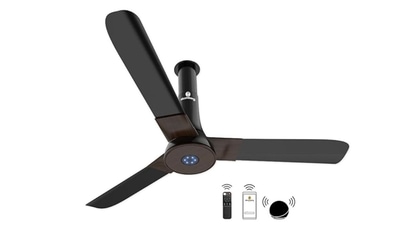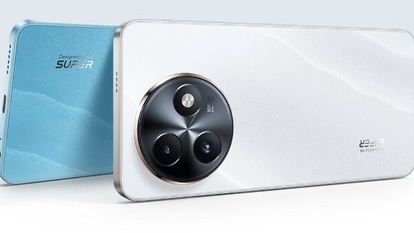New laser a game changer for future technology
A new laser developed at Yale University can significantly improve the imaging quality of the next generation of high-tech microscopes, laser projectors and biomedical imaging.
A new laser developed at Yale University can significantly improve the imaging quality of the next generation of high-tech microscopes, laser projectors and biomedical imaging.
The technology combines the brightness of traditional lasers with the lower image corruption of light emitting diodes (LEDs).
"This 'chaotic cavity' laser is a great example of basic research ultimately leading to a potentially important invention for the social good," said A. Douglas Stone, the Carl A. Morse Professor and chair of applied physics at Yale.
The search for better light sources for high-speed, full-field imaging applications has been the focus of intense experimentation and research in recent years.
But scientists the world over face a problem known as 'speckle'.
Speckle is a random, grainy pattern caused by high spatial coherence that can corrupt the formation of images when traditional lasers are used.
The new, electrically pumped semiconductor laser offers a different approach.
It produces an intense emission but with low spatial coherence. "It is tremendously rewarding to work with a team of colleagues to develop speckle-free lasers. It also is exciting to think about the new kinds of clinical diagnostics we can develop," added co-author and assistant professor Michael A. Choma.
The new laser is described in a paper in the journal Proceedings of the National Academy of Sciences.
Catch all the Latest Tech News, Mobile News, Laptop News, Gaming news, Wearables News , How To News, also keep up with us on Whatsapp channel,Twitter, Facebook, Google News, and Instagram. For our latest videos, subscribe to our YouTube channel.


























